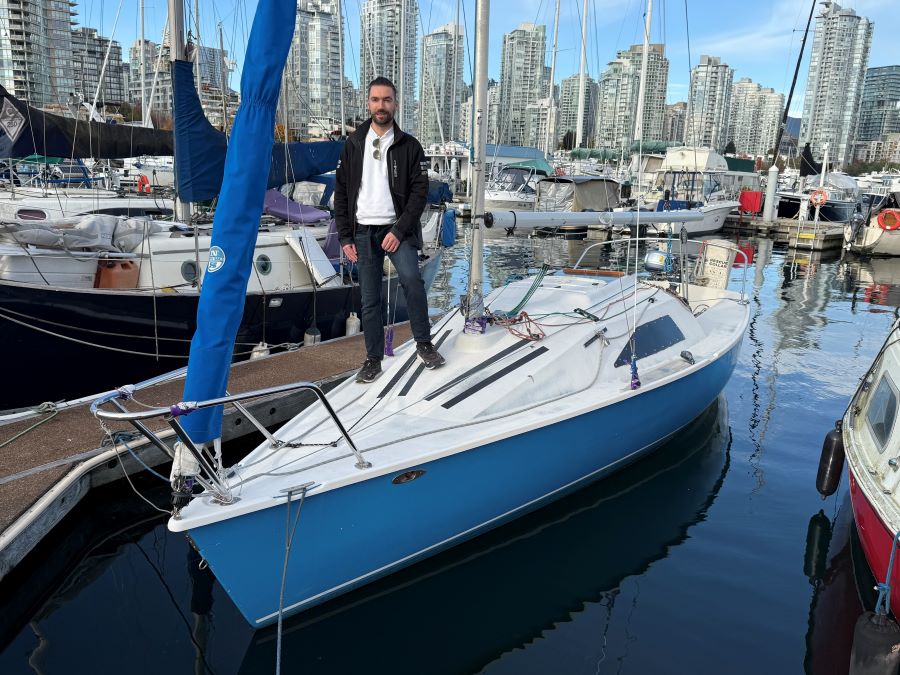Photo from RVYC Awards Event of the 2025 NAs

Photo by Erica Crilly
Welcome to the Regional Fleet - Richard Garand
SOLD - 3rd boat of 2025 to change hands and the 81st in 8.25 years (better a late announcement than none at all!) - Vancouver, BC, in May: Broos - Hull 15 (private transaction): to Richard Garand from Bruce MacClacherty & Judith Roos-McClacherty.
With a blue hull, Broos was owned by Bruce and Judith for decades, and with this transaction we witness the passing of the torch to a new generation. Richard raced dinghies for a while and decided to move up to a Martin 242 via purchasing Broos. He crewed for a few people post-purchase to get some experience and then dived into the 2025 North Americans with his pickup crew, whereupon they finished 32nd out of 37, ahead of quite a few very experienced teams.
The boat came with a 2016 Measurement Certificate.
Welcome to the Regional Fleet, Richard, and we look forward to your progress.

2025 RVYC Prize Giving Moved to Nov 5
Fleet One Association Article Count: 1
Page 2 of 72


